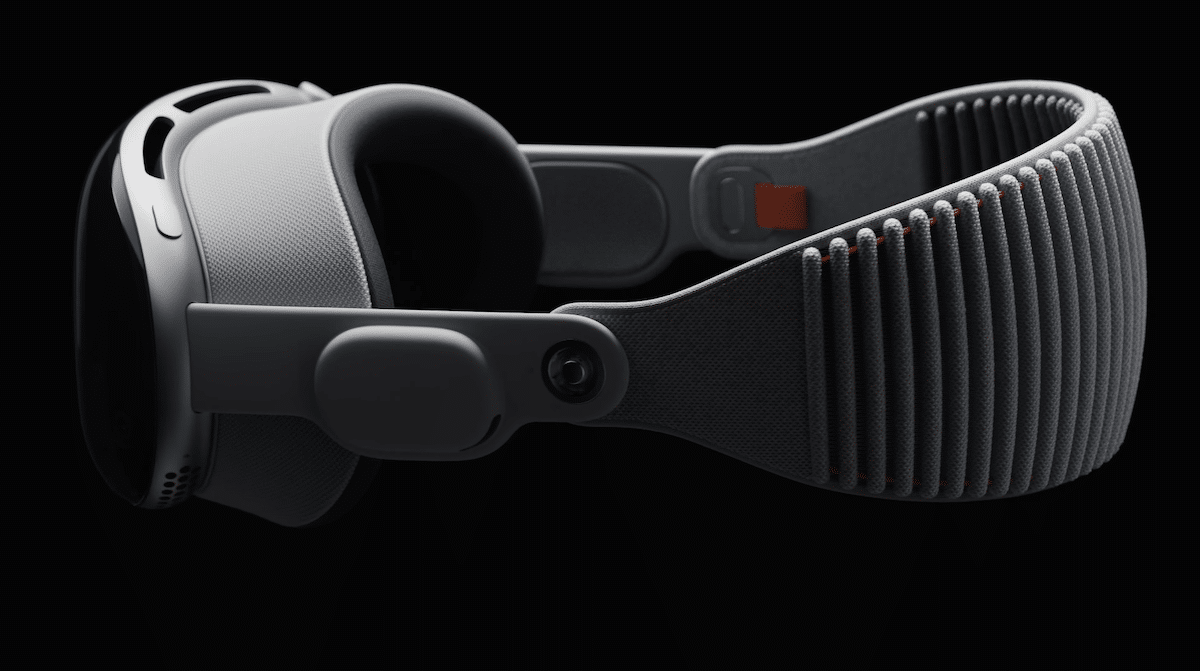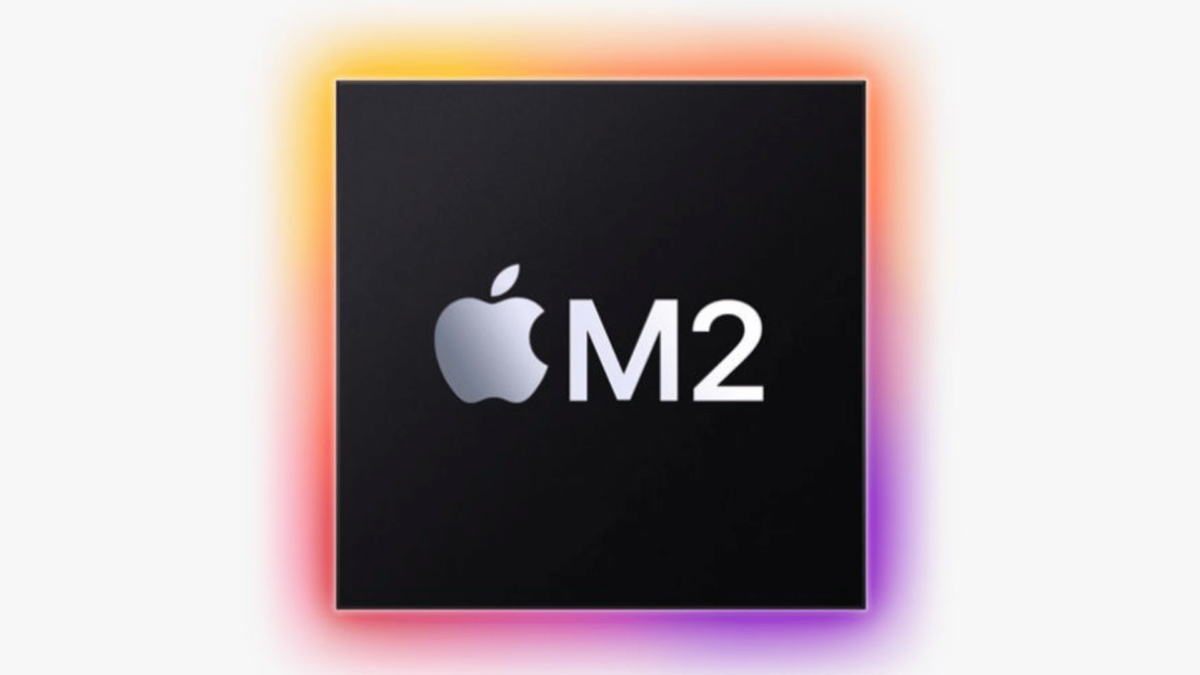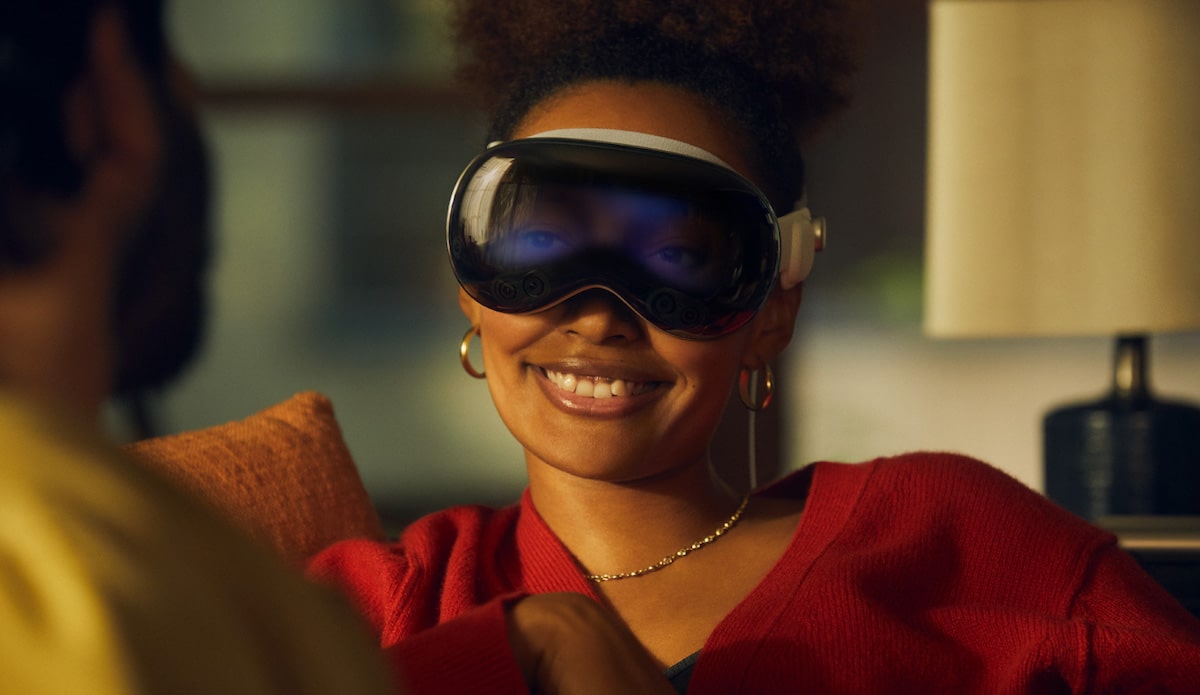With pre-orders starting January 19, the tech community is abuzz with anticipation surrounding the Apple Vision Pro. Ahead of its official launch, Bloomberg’s Mark Gurman has shed light on the device’s specs, delving into details like the Apple Silicon chip variant, Wi-Fi capabilities, and more.

Vision Pro uses same M2 chip as 15-inch MacBook Air and Mac mini
The heart of the Apple Vision Pro lies in its M2 chip, a variant boasting 10 GPU cores and 8 CPU cores. This configuration aligns with the higher-end M2 version found in Apple’s 15-inch MacBook Air and the $599 and $799 Mac mini, promising robust performance for spatial computing tasks.
The Vision Pro’s M2 chip, designed for VR performance, excels in efficiency. It seamlessly handles graphics rendering, visionOS tasks, and complex vision algorithms, enabling lag-free visuals (aided by the R1 chip) in just 12 milliseconds. This smooth experience demonstrates the M2’s optimized power for spatial computing.

The entry-level Vision Pro comes equipped with 16GB of RAM and 256GB of storage, with the possibility of larger storage capacities yet to be confirmed. While initial reports mentioned 1 TB of storage in developer kits, the official starting price of $3,499 includes the 256GB variant. Gurman hints at the potential for additional storage options.
Buyers eyeing the Vision Pro’s immersive experience have the option to pay through Apple Card Monthly Installments, offering a convenient solution given the headset’s premium starting price. With the Vision Pro priced at $3,499, the inclusion of Apple Card Monthly Installments may prove popular among customers.
Gurman details a compelling sales demo for the Vision Pro at Apple Stores starting February 2, providing customers with a firsthand experience of the headset’s features and visionOS. The pre-orders commence on January 19, adding to the anticipation surrounding the launch.

While the headset impresses with its M2 chip, it seems to miss out on Ultra Wideband and Wi-Fi 6E or 7 chips, as indicated by the official FCC filing. However, given the M2 chip’s capabilities, users can still expect seamless connectivity with Wi-Fi 6 support.
(via Bloomberg)







